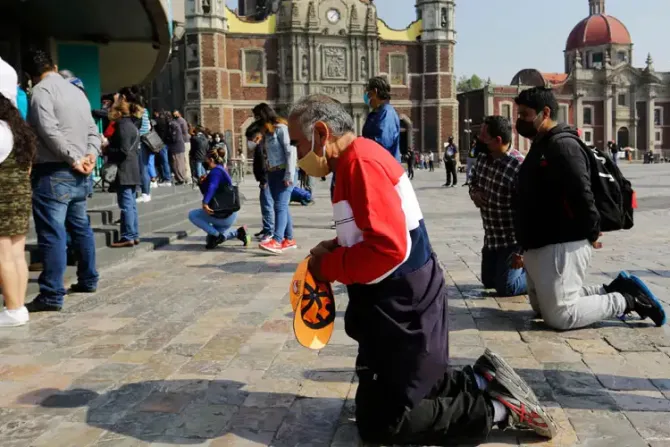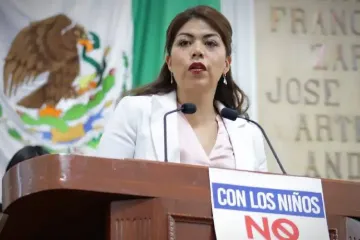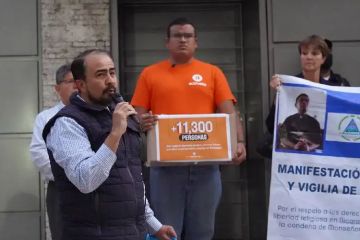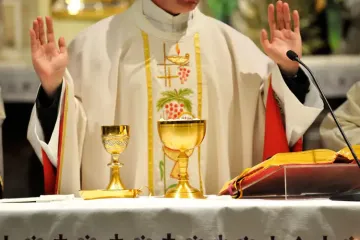“Definitely, yes it’s a difficult goal to achieve to draw young people to the Church. But we are neither panicking nor anguishing over it because we are working on it and some of the efforts that are being made are bearing fruit,” the Mexican bishop said.
On how to approach Catholics who have distanced themselves from the Church, Castro explained to ACI Prensa that it’s necessary to take into account that many of them “were laymen with criticisms who were not listened to at the time and, tired of being met with deaf ears, they left.”
“These brothers are mistakenly perceived as attacking the Church or even as enemies, without considering that their intentions were and continue to be good, and that their contributions can be very valuable to refresh the mind, vision, and methods of pastoral care today,” he said.
In April 2021, in his message to the 110th Plenary Assembly of the Mexican Bishops’ Conference, the then apostolic nuncio in Mexico, Archbishop Franco Coppola, noted that “the decrease in the Catholic population in this Guadalupan land is extremely worrisome.”
“We are now seeing more clearly how much — in recent decades — faith formation had not succeeded and has not succeeded, as perhaps we thought or as we would have wanted, to deeply penetrate the baptized,” he lamented.
“The effects of this notable decrease are not yet seen in the number of members of our presbyteries, because — thank God — our life expectancy has increased a lot in these years. But the median age of our [priests] goes up and up,” he said.
Coppola also pointed out that “all these data are a wake-up call for all of us.”
“When we are before him, the Lord of the harvest will ask us for an account of the talents, many, that he has entrusted to us: a Catholic people, faithful and devoted to holy Mary Guadalupe,” the apostolic nuncio to Mexico stressed.
This story was first published by ACI Prensa, CNA’s Spanish-language news partner. It has been translated and adapted by CNA.
Walter Sánchez Silva is a senior writer for ACI Prensa (https://www.aciprensa.com). With more than 15 years of experience, he has reported from important ecclesial events in Europe, Asia and Latin America during the pontificates of Benedict XVI and Pope Francis.
E-mail: walter@aciprensa.com







